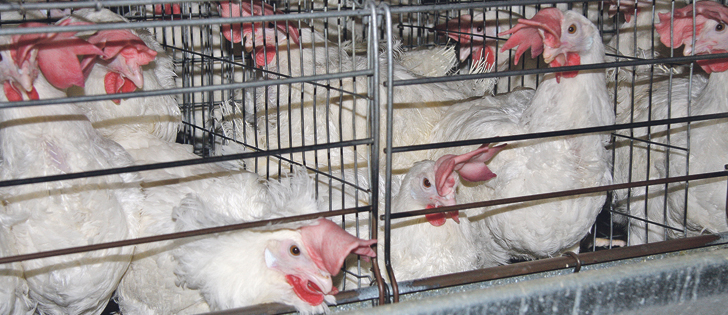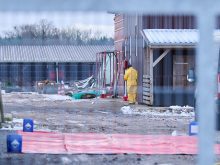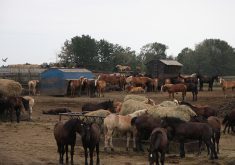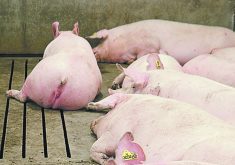RED DEER — The public generally accepts killing of chickens to produce food as long as it is humanely carried out, said a director of an Ontario hatchery.
“The public for the most part is OK with it as long as we are fair,” said Mike Petrik, director of technical services at McKinley Hatchery in Ontario.
There are high standards and procedures for the humane slaughter of birds in commercial plants but euthanasia is a different matter, he said at the western poultry research conference held in Red Deer Feb. 27.
Read Also

Farming Smarter receives financial boost from Alberta government for potato research
Farming Smarter near Lethbridge got a boost to its research equipment, thanks to the Alberta government’s increase in funding for research associations.
“We have to give them a good life, and a clean death is part of that,” he said.
“As we learn more on euthanasia, there is always a chance that some of the prevailing ideas will change.”
In slaughter plants, birds are stunned with a mild electric current or controlled atmosphere stunning where they are exposed to a gas like carbon dioxide. The gas deprives them of oxygen and they lose consciousness.
The industry is moving toward controlled atmosphere stunning because some retailers are asking for it. There is no risk of sending live birds into the water bath and no stress of hanging or unloading.
“It is a huge overhaul for the industry and it will take some time to install,” he said.
Euthanasia may be used to kill sick or injured birds, to control or eradicate a disease or remove birds like end of production layers, breeders or male day-old chicks.
The poultry code of practice outlines slaughter practices in commercial facilities but euthanasia is not as easy to standardize.
In North America, cervical dislocation is recommended rather than blunt force trauma on the head.
In Switzerland blunt force trauma is used to make the bird unconscious and then cervical dislocation happens.
All methods that include captive bolts, carbon dioxide, decapitation or manual cervical dislocation have strengths and weaknesses.
However, it is most important to ensure the bird has lost consciousness so it does not feel the pain. It is also critical to make sure the bird is dead before it is disposed of.
The American Veterinary Medical Association guidelines for the depopulation of animals are being evaluated and include sections on removal of birds.
Standards around killing birds are changing partly because the public wants assurances that birds were treated well.
“In general we are being asked to show more respect for the individual bird,” he said.


















